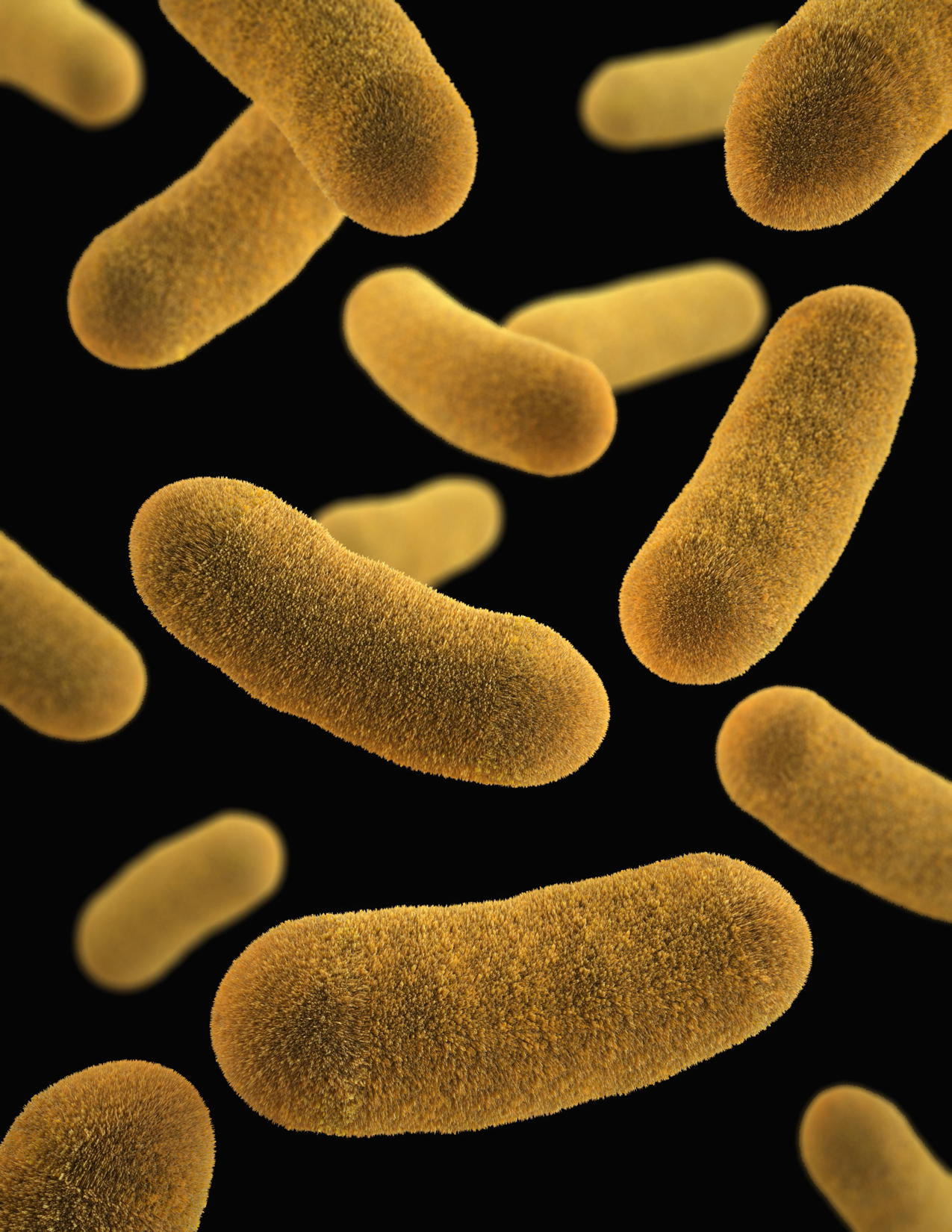How gene-edited microbiomes could improve our health
By Jessica Hamzelou,
MIT Technology Review
| 06. 30. 2023
Photo by CDC on Unsplash
Microbes have been on my mind this week. These tiny organisms are everywhere, and the ones that reside in our bodies appear to be incredibly important for our health.
Microbes are ancient—they were evolving on the planet for millions of years before humans came along. So it’s no surprise that they’ve developed intricate relationships with other living systems. They feed on chemicals in their environments to produce other chemicals—some of which are more beneficial to nearby organisms than others.
The question is: can we tweak the genomes of these microbes to control exactly which chemicals they break down or produce? Imagine the possibilities. What if we could get microbes to help us reduce pollution? What if we could create microbes that make medicines, or that churn out gut-friendly products in our intestines?
Modified microbes seem to help treat cancer in mice, and human trials are on the way, as I reported earlier this year. (For a more general update on gene editing, you can read about how the editing tool CRISPR is already changing people’s...
Related Articles
By Jenny Lange, BioNews | 12.01.2025
A UK toddler with a rare genetic condition was the first person to receive a new gene therapy that appears to halt disease progression.
Oliver, now three years old, has Hunter syndrome, an inherited genetic disorder that leads to physical...
By Rachel Hall, The Guardian | 11.20.2025
Couples are needlessly going through IVF because male infertility is under-researched, with the NHS too often failing to diagnose treatable causes, leading experts have said.
Poor understanding among GPs and a lack of specialists and NHS testing means male infertility...
By Pam Belluck and Carl Zimmer, The New York Times | 11.19.2025
Gene-editing therapies offer great hope for treating rare diseases, but they face big hurdles: the tremendous time and resources involved in devising a treatment that might only apply to a small number of patients.
A study published on Wednesday...
By Aisha Down, The Guardian | 11.10.2025
It has been an excellent year for neurotech, if you ignore the people funding it. In August, a tiny brain implant successfully decoded the inner speech of paralysis patients. In October, an eye implant restored sight to patients who had...




